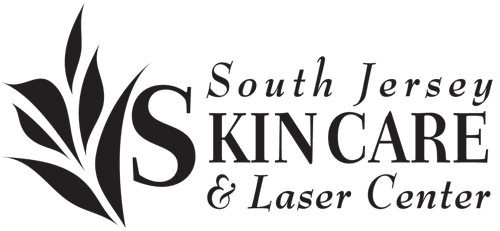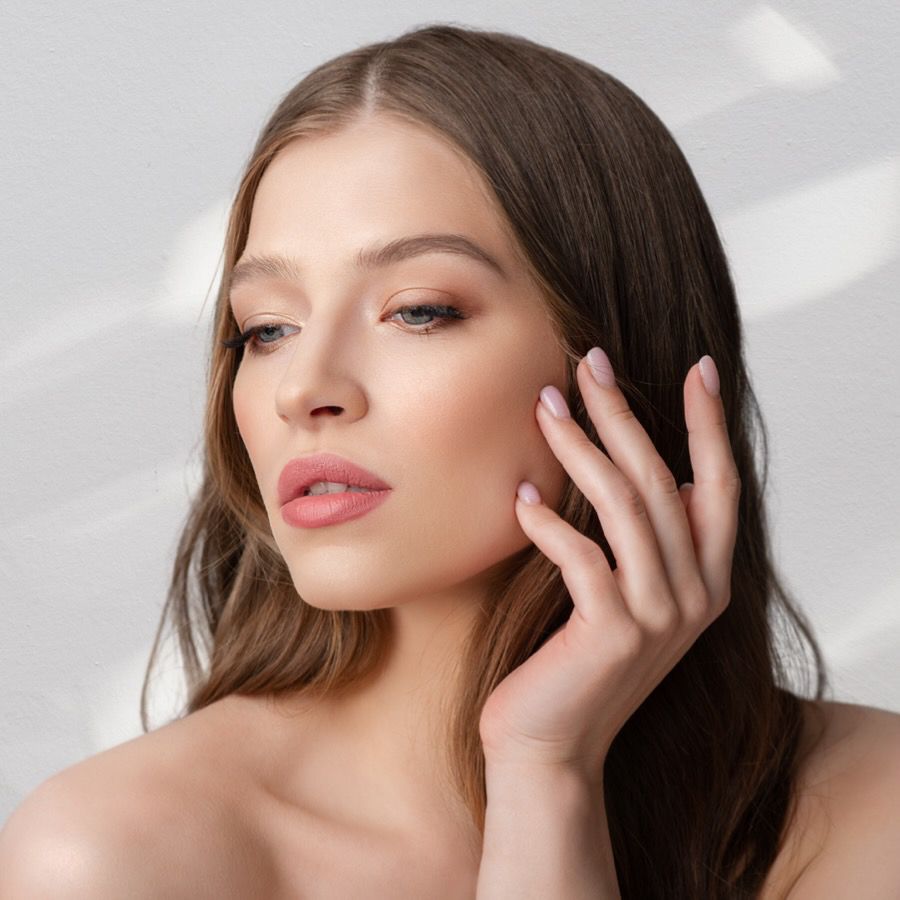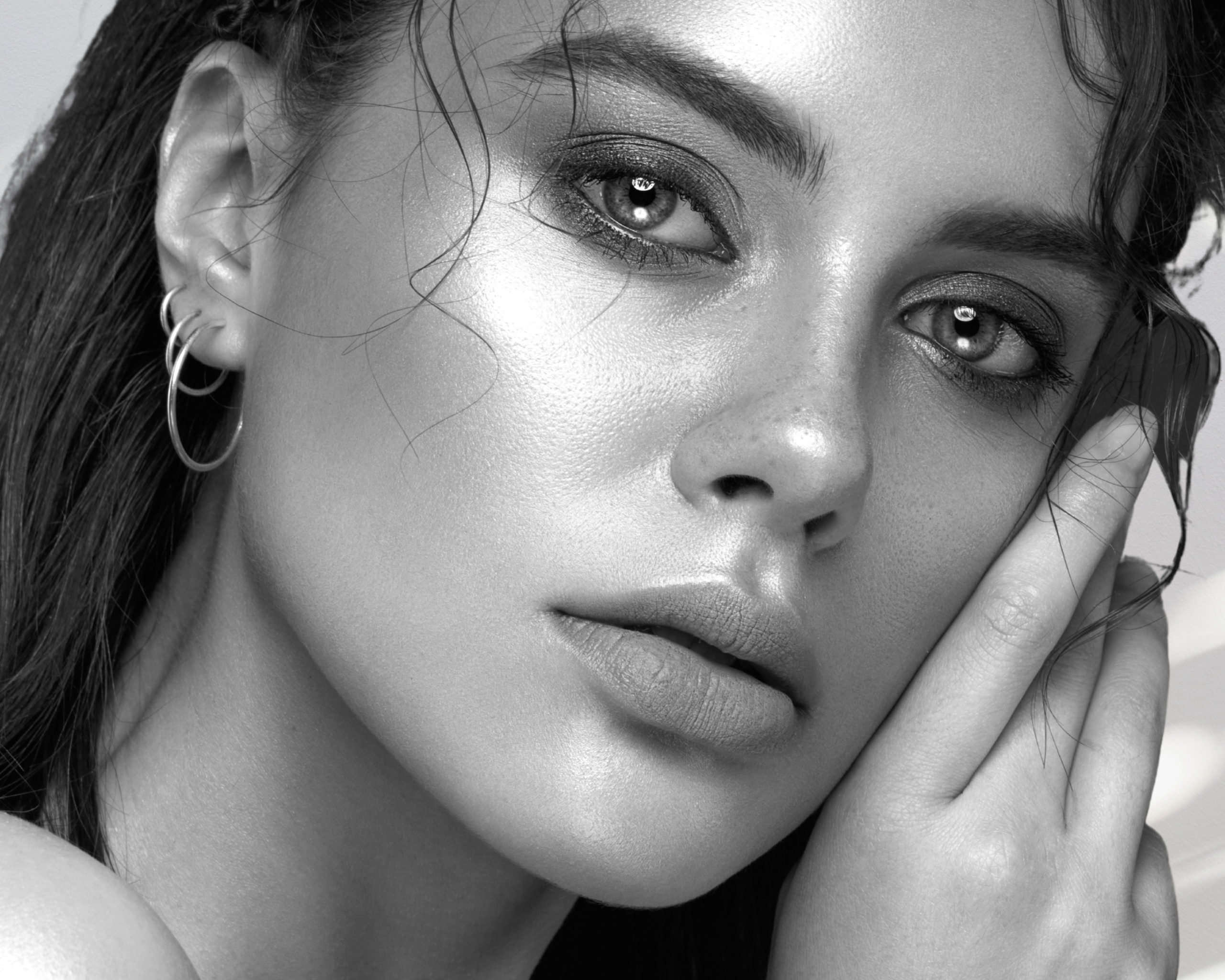Innovative Injectable Resilient Hyaluronic Acid Facial Fillers That Provide Natural-Looking Results for the New Jersey Area
Dynamic or expression wrinkles are often the earliest signs of aging that develop on the face. Historically, these lines were best treated with muscle-relaxing injectables, since volume-adding facial fillers were not designed for dynamic wrinkles. Traditional fillers were intended to restore volume as a way of treating deep, unmoving static wrinkles.
Now, however, there is something new: Resilient Hyaluronic Acid or RHA® at our New Jersey-based South Jersey Skin Care & Laser Center is a collection of fillers designed to be flexible in dynamic areas of the face, such as where nasolabial folds form between the mouth and nose.
RHA® fillers are long-lasting injectables that deliver natural-looking results regardless of whether the face is moving or at rest. This makes them ideal for areas of the mid-face where there is a lot of movement.
Learn more about Dr. Robin Levin and the services offered at South Jersey Skin Care & Laser Center by scheduling an appointment or consultation. You may also call (856) 810-9888.
What Are the Benefits of RHA®?
Unlike some other fillers, the RHA® collection does not have a stiff structure. Instead, the various formulations stretch and adapt seamlessly to our facial expressions and the areas of the face with the strongest movement. The injectable material is designed to lie flat, contour to facial movements, and provide a higher level of versatility to treatments.
How Do These Fillers Compare to Other Types of Fillers?
The majority of popular fillers are made with hyaluronic acid, which is a moisture-retaining substance that occurs naturally in the human body. Each type of hyaluronic filler is unique and has its own advantages, but the bulk are approved for static wrinkles, which are visible on the face all the time once they develop, remaining in sight even when the face is at rest. As opposed to muscle activity, these signs of aging are associated with a loss of volume in the skin.
The RHA® collection is made with a type of hyaluronic acid that closely imitates the type that is found naturally in the body. Because of this ability, RHA® is approved for the treatment of dynamic lines and wrinkles. Dynamic wrinkles occur because of the repetitive or habitual facial expressions we make. These fillers integrate into the tissue more effectively and more rapidly compared to other types of fillers.
Which Areas Can Be Treated With RHA® Fillers?
There are four types of RHA® fillers, and they are all approved for treating moderate to severe dynamic wrinkles and folds. These lines often develop in several areas in the lower face, such as nasolabial folds and smoker’s lines or perioral wrinkles.
RHA® 2, 3, and 4 are approved for dynamic wrinkles in the lower part of the face, and each provides a different amount of volume. For instance, RHA® 3 is better for more severe wrinkles, while RHA® 4 provides more structure and strength to the face, for areas such as the cheekbones. It can improve the definition of the cheekbones and jawline. This filler can also address severe volume loss.
What Is the Procedure for RHA®?
Not much preparation will be needed prior to treatments with these fillers. We recommend that you avoid drinking alcohol, taking aspirin, or ingesting other supplements that increase bruising for 24 hours prior to the treatment. At your consultation, we will discuss your treatment goals with you to help you determine how much filler will be needed to achieve the look you want.
What Is the Aftercare for RHA® Fillers?
Although RHA® has the potential for the same types of side effects that can develop for other types of hyaluronic acid fillers—such as swelling and redness—there is much less swelling in comparison to other fillers because of how similar the formula is to the hyaluronic acid that’s found naturally in the skin. There is less inflammation when RHA® is injected. We recommend that you sleep on your back and keep your head elevated on pillows after a session. Avoid exercise for the first 24 to 48 hours. It may take up to two weeks for the final results to show. The longevity of these fillers varies depending on what type of filler is used, but the effects may last up to 15 months.
Are There Any Alternatives to Fillers for Facial Rejuvenation?
BOTOX® is an injectable botulinum toxin type A treatment that relaxes certain muscles that cause wrinkles. It is often used for frown lines, glabellar lines, and crow’s feet, but can also be beneficial for other areas of the face. It can lift or define sagging eyebrows, reduce bunny lines on either side of the nose, soften lines around the mouth, improve a gummy smile, improve the contour of the neck, and lift downturned mouth corners.
Along with BOTOX® injections, there are other types of cosmetic skincare treatments that can complement RHA® fillers, including chemical peels, microdermabrasion, microneedling, and dermaplaning. These treatments revitalize the skin and enhance its general appearance.
Contact South Jersey Skin Care to book a consult online or by phone at 856-810-9888 to request a consultation and get more details about RHA® in New Jersey.
*We are all different! Patient results may vary.



